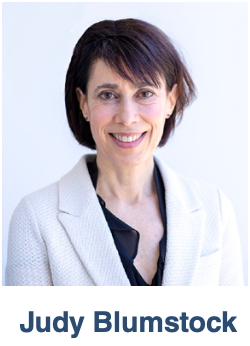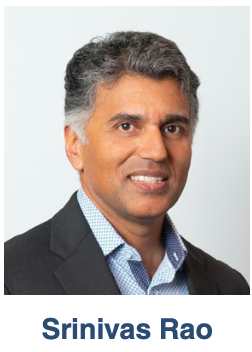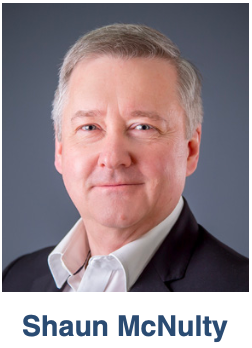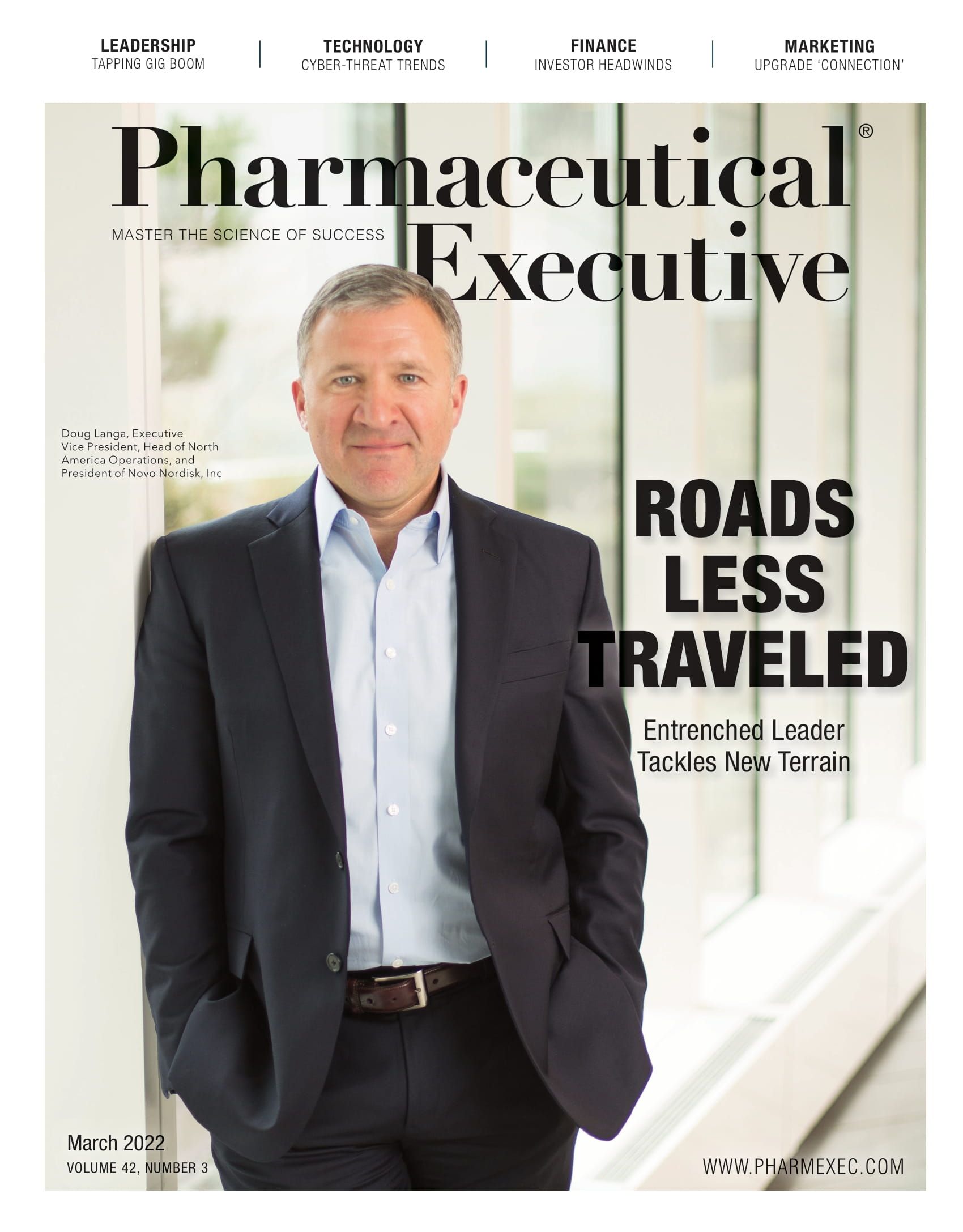- Sustainability
- DE&I
- Pandemic
- Finance
- Legal
- Technology
- Regulatory
- Global
- Pricing
- Strategy
- R&D/Clinical Trials
- Opinion
- Executive Roundtable
- Sales & Marketing
- Executive Profiles
- Leadership
- Market Access
- Patient Engagement
- Supply Chain
- Industry Trends
New Age of Psychedelics
A look at the renewed efforts of biopharma companies in exploring age-old substances to treat mental health conditions and more, minus the negative effects.

While the COVID-19 pandemic has contributed to a rise in mental health issues, it also has placed long-overdue attention on the mental health therapeutics space. As people struggle with a variety of illnesses, from addiction to depression to post-traumatic stress disorder (PTSD), many of the available treatments for these conditions have been around for decades without innovation.
Today, a number of biopharma companies—both big and small—are looking toward psychedelic medicine as a new way to help patients in need. Substances such as ketamine, MDMA (3,4-methylenedioxymethamphetamine, commonly known as ecstasy/molly), psilocybins (commonly known as magic mushrooms), DMT (N, N-dimethyltryptamine), and LSD (lysergic acid diethylamide, commonly known as acid)—see sidebar on facing page for descriptions—are being explored. Many companies even see the potential for these substances to move beyond the mental health space into other areas.
The need for change
There has not been any significant innovation in the treatment of mental health disorders for quite some time. Selective serotonin reuptake inhibitors (SSRIs), introduced in the 1980s, are still the standard of treatment. But these drugs are only effective in a limited number of patients—treating symptoms rather than the underlying pathology—and carry a wide range of side effects.
“The drugs available now are required to be administered continuously, so the side effects become problematic,” says Rob Barrow, CEO of MindMed, a New York-based psychedelic medicine biotech company. “It leads to less adherence, which leads to patients not wanting to take medications in the first place.”

In addition, central nervous system (CNS) and mental health have been an underinvested area for venture capitalists for years due to risk. But that doesn’t mean mental health issues are not a huge burden on society. “The mental health crisis is one of the largest unmet needs of our time, and we need better ways to address them,” says Mark Rus, CEO and director of Delix Therapeutics. “This has been a growing epidemic exacerbated by the impacts of the COVID-19 pandemic.”
An October 2021 report by The Lancet revealed the impact of the pandemic on mental health in 2020. It estimated there were an additional 53 million cases of major depressive disorder and 76 million cases of anxiety disorders due to the pandemic.
“COVID-19 has significantly increased the global prevalence and burden of many mental health problems, including but not limited to depression, anxiety, and substance abuse,” says Shaun McNulty, DPhil, chief scientific officer of Awakn Life Sciences. “The rise in alcohol abuse alone is very concerning. Therefore, novel and effective therapeutic options are urgently needed to treat unmet medical needs both for existing patients and for the growing number of mental health disorder patients emerging as a consequence of COVID-19.
Modern medicine
In 2012, FDA created new designations that allow for fast-tracking the development and review of drugs intended to treat serious conditions if there is evidence they have a clear improvement over existing therapies. This opened a door for psychedelics research—which had all but come to a halt with the Controlled Substances Act in 1970.
Today, scientists are building on first-generation psychedelics that have challenging side effects not conducive to medical treatment. Because of hallucinogenic and dissociative reactions, current psychedelics need to be administered in approved clinics that can monitor patients, and these sessions can take up to 12 hours sometimes. Biopharma’s goal is to take the original molecules and remove any negative effects while harnessing their therapeutic power.

“We think we can do better,” says Judy Blumstock, CEO of Diamond Therapeutics. “We don’t think you have to have all of that subjective experience with hallucinogenic symptoms in order to have a good drug. We’re going to need drugs that people can take at home.”
In contrast to the dulling effects often associated with antidepressants, psychedelics require just one or a few doses that can offer many months of effects. “It changes the entire game for how mental health can be treated,” says Barrow. “The beauty of this drug class is that it does the exact opposite [of antidepressants]; it effectively opens the experience and helps people lean into their experience. This can reframe and shift the trajectory of mental health conditions. These can be huge tools that could be applicable both to treatment-resistant patients but really across the entire spectrum.”
Unlike the psychedelics of the 1960s and ’70s, the next generation of drugs will be researched and manufactured to high industry standards to ensure their safety, efficacy, and consistency. Awakn is working to develop combination approaches utilizing both medicine and psychotherapy.
“Patients will be monitored carefully and supported throughout the experience to ensure a positive patient outcome,” McNulty tells Pharm Exec.
Delix is focusing on a new class of non-hallucinogenic psychoplastogens as an improvement to treating mental illness. By targeting the biology of mental illness and repairing the neurons in the brain, it hopes to restore healthy connections that promote healing.
A second-generation therapy that MindMed is developing is R(-)-MDMA to treat social anxiety and functioning in diagnoses that include autism spectrum disorder. It also has a next-generation molecule called 18-MC in trials, which is a non-hallucinogenic cousin of ibogaine, a classic psychedelic that’s been used for the treatment of opioid use disorder and opioid withdrawal.

Atai is testing several promising psychedelic or psychedelic-like compounds with the goal of finding new and improved options for patients who aren’t sufficiently helped by current therapies. “We are fully aware that one size doesn’t fit all in the treatment of mental health disorders, so we are intentionally exploring a range of pharmacologically distinct compounds, with the ultimate goal of being able to provide the right therapy for a given patient through precision psychiatry,” says Srinivas Rao, MD, PhD, co-founder and chief scientific officer of Atai. “In addition to our 11 pharmacotherapeutic programs, we are also building out our capabilities in digital therapeutics, drug discovery, and formulation technologies.”
Digital twist
The growth of psychedelic medicine couldn’t happen at a better time. With the worldwide embracement of technology since the pandemic, the industry now has an invaluable tool to pair with these therapeutics.

“There’s going to be substantial barriers and frictions in terms of getting psychedelics to patients at scale,” says Barrow. “Going in for a 10-hour treatment session in psychiatry is a bit more unusual than a knee replacement, so we have to think very creatively about how we can overhaul the entire delivery landscape—lean into the infrastructure that’s there, but use digital medicine tools to help patients and providers be ready to access these therapies, help providers make better decisions, help patients remain engaged, and have more precise medicine and delivery of care in psychiatry.”
As companies develop therapies, they should start looking toward the creation and/or adoption of digital tools to help improve the safety and efficacy of psychedelics. Digital devices can give providers important feedback to use in their decision-making about how to deliver the drugs. They can change the way patients are monitored during treatment sessions and can offer a way to engage with them outside of sessions. They can be especially helpful in monitoring patients who might live far from treatment centers.
“It’s time-consuming to go to sessions—it’s not just the hour that you’re in with the therapist, but getting there, getting back,” says Blumstock. “And it can be expensive. We’re all used to doing things now with our phones and watches, so I think there’s a huge opportunity. We’re actively exploring how to combine the best of both.”
Atai is integrating digital therapeutics across its drug development efforts. Such integration on a shared architecture across all compounds on the company’s platform may allow for the exploration of digital biomarkers, an important element in its precision psychiatry approach.
“There are a number of opportunities to bring digital into the world of psychedelic-assisted therapy and the development of psychedelics as a general drug class,” says Barrow. “As we go forward, we really think that digital medicine is going to be a cost of entry to get into precision psychiatric care, and one that we’re really excited to be ahead of the curve on.”
Interest grows—both big and small
There is no shortage of biotechs in the psychedelic space, but large pharma is getting involved, too. Janssen Pharmaceuticals broke the barrier in March 2019 with the first-ever approved psychedelic—Spravato (esketamine), for adults with treatment-resistant depression in combination with an oral antidepressant.
That approval was followed by a second FDA indication for Spravato in August 2020 to treat depressive symptoms in adult patients with major depressive disorder with suicidal thoughts or actions.
Otsuka Pharmaceutical recently sealed a deal with Mindset Pharma to provide funding in early stage clinical testing of its range of psychedelic compounds. Otsuka also is collaborating with Perception Neuroscience, an Atai company, in the development and commercialization of Perception’s lead molecule, PCN-101 (R-ketamine) in Japan as a potential treatment for mood disorders and treatment-resistant depression.
The interest of large pharma can be beneficial to gaining overall momentum for the field, whether that’s from a couple players entering the space with their own programs or partnering with other companies.
“It creates a great dynamic and a great ecosystem where then others are interested,” says Barrow. “We’ve seen a lot of big pharma companies turn away from treating CNS and psychiatry, in particular, in the past. This is an opportunity for some to get back into that world more substantially. It’s an opportunity for others to consolidate and think about how they can wrap up an entirely new industry.”

Though the field is deep, the data generated by the companies will ultimately determine who will lead the march forward. For example, Janssen’s long-term studies produced more than a decade of research on Spravato, including four years of real-world data affirming its safety and efficacy.
“Spravato has brought hope to patients and their families, and we’re proud to continue paving the way in bringing innovation to underserved populations,” says Mohamed Issa, vice president of commercial at Janssen Neuroscience. “We look forward to continuing to partner with stakeholders across the industry who are committed to identifying new ways to support those living with serious mental illness.”
Broader use of psychedelics
As researchers explore next-generation compounds and employ digital tools, many life sciences organizations see the potential to expand psychedelic medicine to more common mental health issues and other therapeutic and disease areas. For example, Awakn recently published the outcomes of two clinical trials demonstrating efficacy to treat alcohol use disorder, and the nonprofit Multidisciplinary Association for Psychedelic Studies (MAPS) has published studies demonstrating positive outcomes to treat PTSD.

“In the future, it’s likely that a wide range of trauma-associated mental health problems will be well-treated effectively, for the first time, by second-generation drugs,” says McNulty. “We believe that as well as substance addictions, behavioral [non-substance] addictions will be amenable to treatment with second-generation products. This is very important, as there are no currently available pharmacological treatments for behavioral addictions, in an area that is seeing alarming rates of increase.”
Outside of mental health, Barrow believes there is potential in the analgesic effects of LSD and says MindMed has some early programs in the space. He says clinical evidence has shown that repeated and single-use administration have proven effective in treating various pain indications, and suggests additional opportunities exist in neurodegenerative disease and substance use disorder, too.
“The body of evidence outside of what we think of as psychiatric conditions is pretty substantial,” he says. “We think there’s a potential opportunity in a number of directions where there’s CNS or brain involvement and disease. We see a nice safety profile relative to a lot of the drugs that are out there and think the opportunities are quite large down the road.”
Rao likewise sees the potential for psychedelics in CNS, including Alzheimer’s disease. He also thinks the drugs might be able to treat symptoms that cross diagnostic categories, such as social isolation.
In the future, McNulty believes the use of artificial intelligence will have the potential to identify new indications for treatment. These will be areas where the use of polypharmacology to modulate brain circuits could deliver positive patient outcomes for the first time.
Moving forward
With the growing recognition that SSRIs don’t work for everyone, the example of cannabis becoming acceptable after being seen as taboo by many, a vast amount of literature supporting scientific research, and a growing presence in mainstream media, opportunities for psychedelic medicine are becoming more difficult to ignore.
“For everyone who says that psychedelics are the next greatest thing, there’s probably an equal number of people who feel hesitant, because there’s a lot of baggage with psychedelics,” says Blumstock. “The careful approach we’re taking to clinical trials—getting the evidence, making sure it’s safe, making sure it’s effective, dispelling whatever fears people may have—will pave the way forward. There’s a lot of work to be done. I think it’s fantastic that society is now embracing this idea that was very ‘contraband’ even five or 10 years ago.”
Rao agrees and encourages a dialog that lands somewhere between addressing the naysayers and overhyping the potential of psychedelics. He, too, believes that clinical evidence will be the determinant.
“Psychedelic compounds and the experience itself suffer from a degree of stigmatization because of their complicated past, and this stigmatization may impact both physician and patient attitudes toward such drugs,” says Rao. “Conversely, one could argue that these compounds have been oversold in the media recently, suggesting that they represent a cure or near cure for a range of conditions. It’s important to avoid the risk of overinflating or overly speculating on the potential of compounds. Proper research and data are critical.”
Landscape of Popular Therapies (Featured as sidebar in Pharm Exec March issue)
Ketamine: Parke-Davis (now part of Pfizer) discovered ketamine in 1962 as a dissociative anesthetic to be used in surgery. It won FDA approval as a field drug during the Vietnam War, but by the 1970s, it began to fall out of favor. In 1999, it was classified as a Schedule III non-narcotic substance. Today, it is obtainable through ketamine clinics, retreats, and experiences, though it is not approved by FDA for depression or any mental health use.
LSD: Similarly, LSD’s roots trace back to pharma. It was accidentally discovered by a researcher at Sandoz (now part of Novartis) in 1938. Groups such as the US government, academic professors, and many artists and college students experimented with the substance throughout the ’50s and ’60s, but research virtually disappeared in 1970, when the Controlled Substances Act was enacted, making LSD a Schedule I drug.
DMT: Structurally similar to LSD, DMT occurs naturally in many plants and animals. The substance, which produces a feeling of transcendence, has been used for ages in spiritual ceremonies of indigenous cultures. It is the active ingredient in the ayahuasca plant. It was first synthesized by a chemist in 1931, and was studied throughout the ’50s and ’60s. But that ended in the ’70s when legal restrictions were enacted. Non-therapeutic research resumed in the ’90s. In 2020, Small Pharma announced it would begin the world’s first trial of the drug.
MDMA: MDMA—which boosts oxytocin to induce feelings of well-being and anti-stress—was synthesized by Merck in 1912 as the company was looking to develop a blood clotting medicine to compete with Bayer; however, it was shelved for years. Despite not having FDA approval, some psychiatrists in the ’70s and ’80s offered it to patients to enhance their sessions. By 1985, it was becoming a problem on the streets and the DEA made it a Schedule I substance. In the early ’90s, FDA-approved research began to investigate if the drug could help terminally ill patients. In 2017, MAPS received approval to study MDMA for PTSD by way of breakthrough designation. The study found that 67% of participants who received the drug no longer met the criteria of a PTSD diagnosis two months later.
Psilocybins: Psilocybin is the psychoactive and hallucinogenic agent that puts the “magic” in magic mushrooms. Compass Pathways received breakthrough designation in 2018 to study the substance to treat treatment-resistant depression. The first large-scale trial of its kind seems to be delivering on its promise, as Phase IIb topline results reported this past November proved psilocybins “highly effective.”
For more on the science of how psychedelics work, check out our recent article on industry trends.
Elaine Quilici is Pharm Exec’s Editor-in-Chief. She can be reached at equilici@mjhlifesciences.com

Cell and Gene Therapy Check-in 2024
January 18th 2024Fran Gregory, VP of Emerging Therapies, Cardinal Health discusses her career, how both CAR-T therapies and personalization have been gaining momentum and what kind of progress we expect to see from them, some of the biggest hurdles facing their section of the industry, the importance of patient advocacy and so much more.
Nipocalimab Demonstrates Sustained Disease Control in Adolescents with Generalized Myasthenia Gravis
October 16th 2024Results from the Phase II/III Vibrance-MG study found that patients with generalized myasthenia gravis who were treated with nipocalimab plus standard-of-care achieved sustained disease control.
